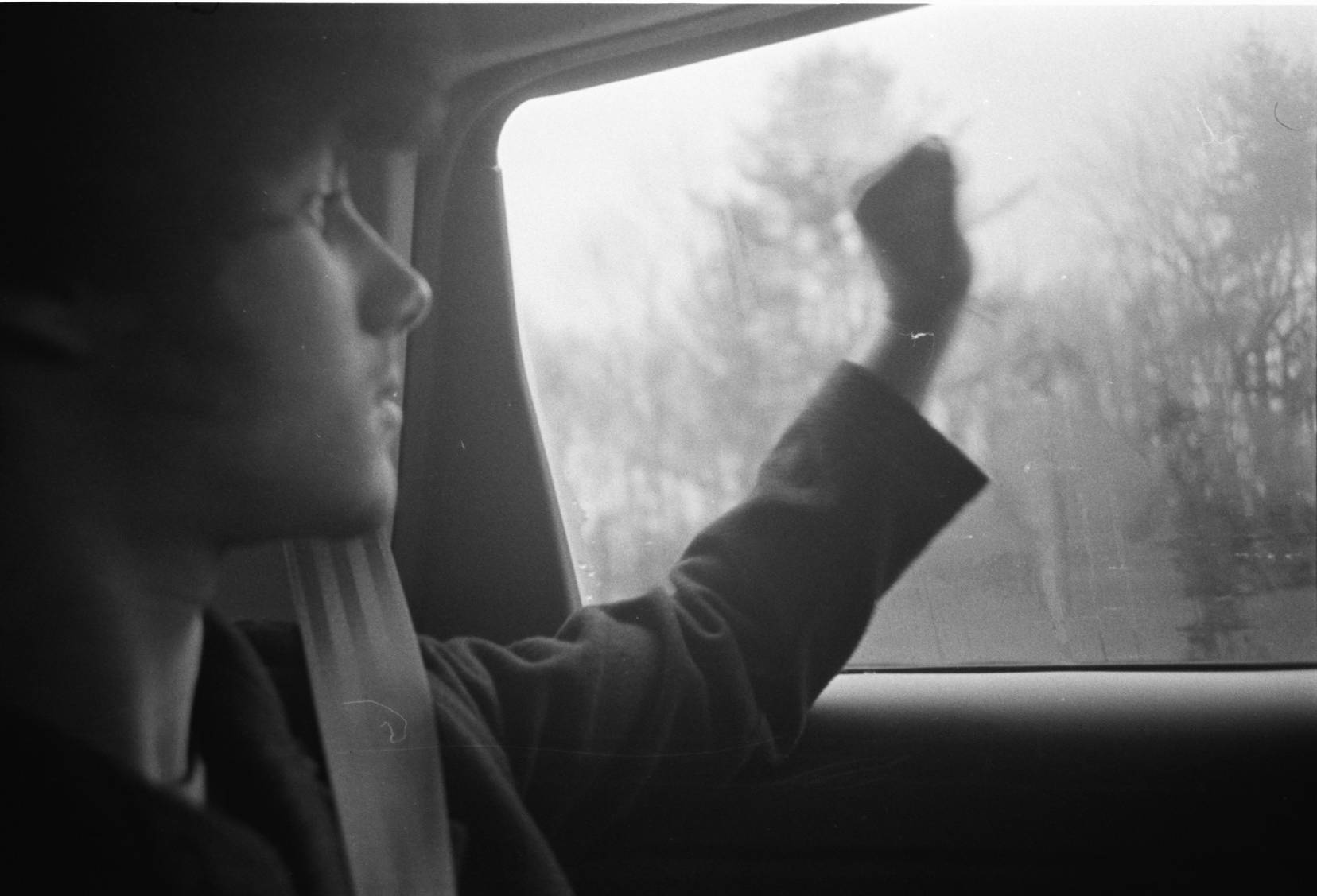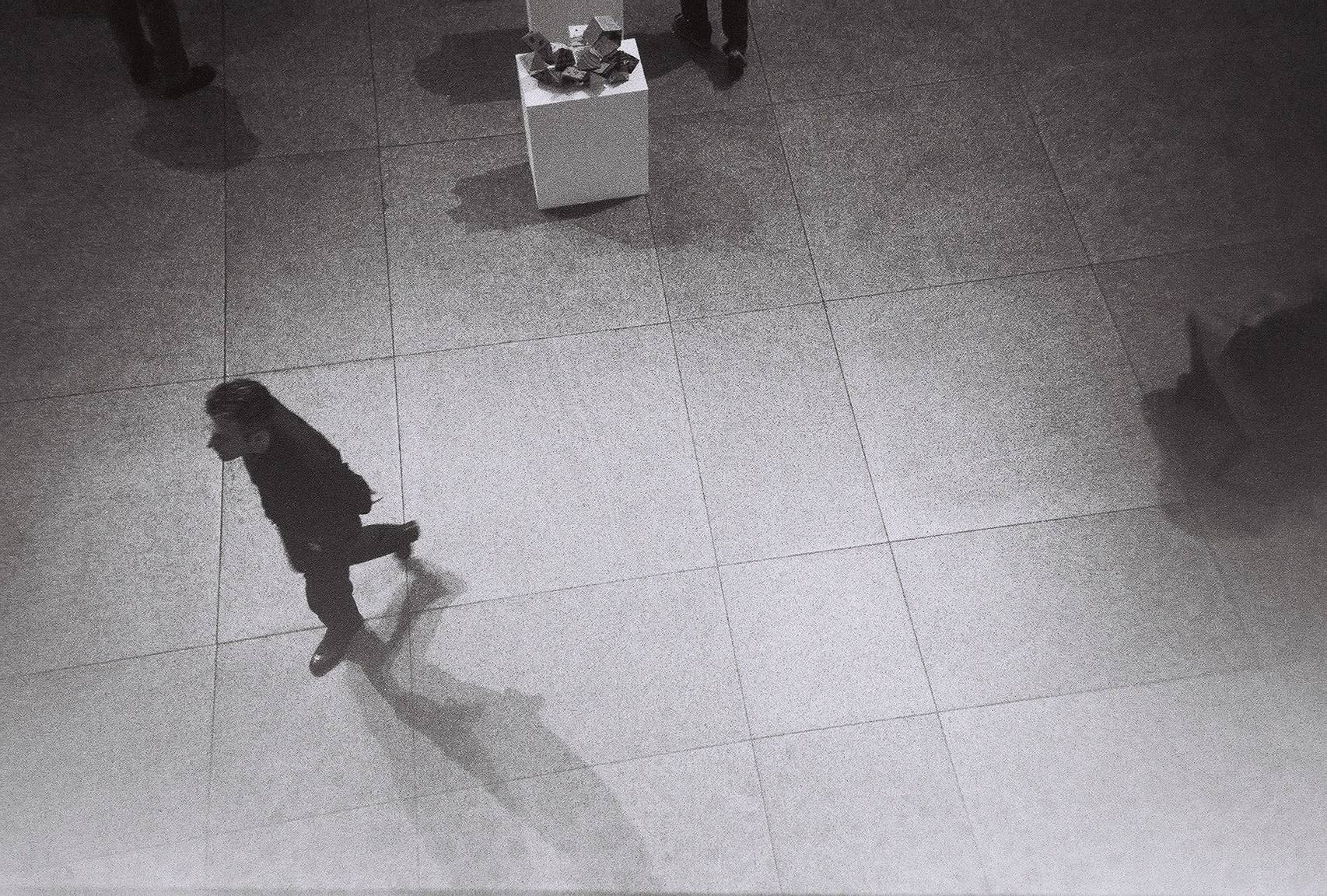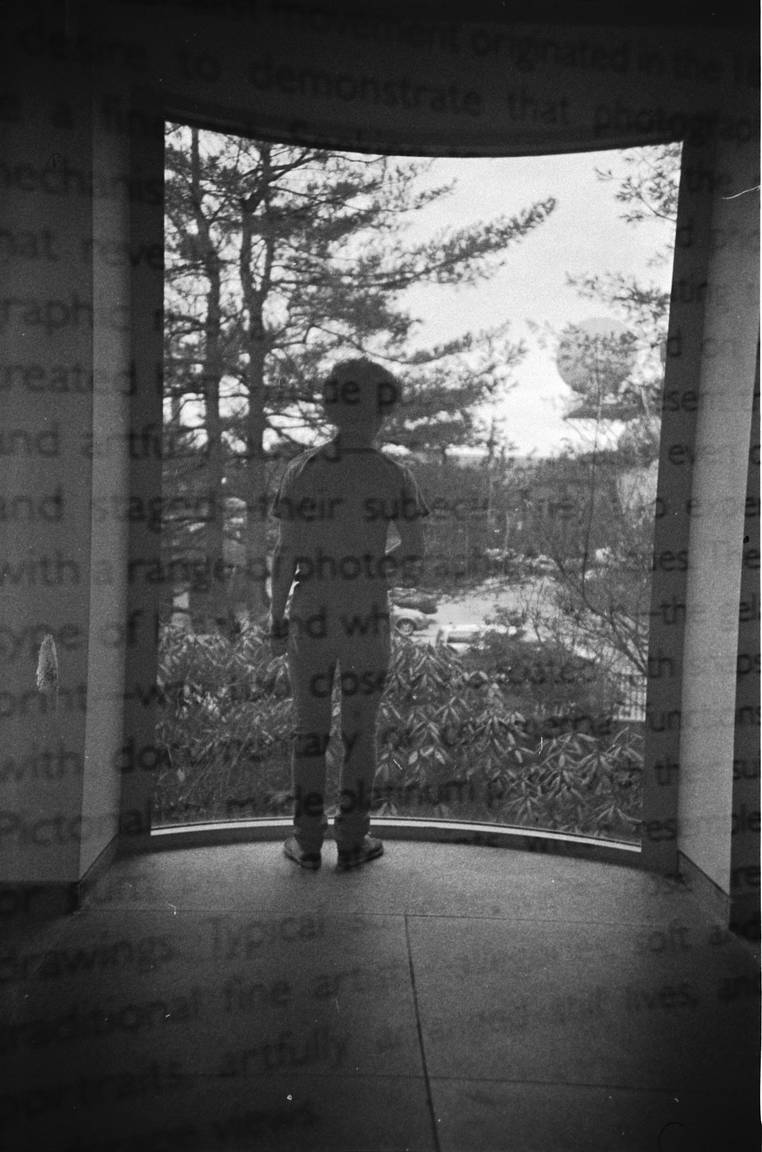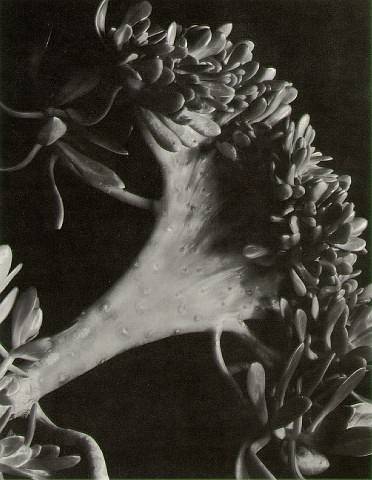Purifying Photography: Group f/64
22 56The Portland Museum of Art did a showing of photos to display the motives and photographic work of the legendary Group f/64, a powerful collective of photographers who all desired to purify photography, an idea that now has a strange irony to lomographers.

While sitting at my local Mexican eatery, my eyes wandered to the cluttered bulletin board. Most of the time the bulletin board is nothing more than an array of small housing listings and other things that are completely uninteresting to a high school student like myself. However this time a large post placed directly center of the wall dominated the bulletin board. The headline was “Debating Modern Photography: The Triumph of Group f/64”. I wrote down the title on a napkin to look into it further when I got home.

After my lunch I drove home and immediately jumped on the internet to find out a little more information. Not enough to spoil my desire to see the exhibit or ruin the surprise, but just enough to get me there without getting lost or show up after the exhibit was over. So I picked a date and convinced my lomo-friend Geltona to go as well.

So on a dreary, rainy, Saturday afternoon we trekked up to Portland Maine to visit the Portland Museum of Art. Upon entering the museum we were greeted with a large dark room to the right of us decorated with a “Debating Modern Photography: The Triumph of Group f/64”. Intrigued and expectant we went directly inside and were immediately surrounded by photographs of all sorts. As hard as it was we took the time to read about the photographs and not just go crazy and look at all the pictures.
During the mid 1880s, the common form of photography was known as “pictorialism”. Pictorialists took photos that featured things like soft focus, special filters for different effects, specially coated lenses, and heavy post processing manipulation in the darkroom. Some artists went as far as etching fine details onto the glass negative to create what they wanted the picture to look like actually. Pictorialism would be an equivalent to modern era Photoshop or even, dare I mention such an awful abomination of photography here, gulp Picnik. The modern day, digital mindset in a way.
After a few decades of pictorialism dominating the photography world, some thought that photography needed to be bent back into shape. Photographers needed to wean themselves from relying on post processing. Photography needed to be made “real” again. Photography actually needed to take place inside the camera. Sound familiar anybody?
So in response to these feelings, Group f/64 formed in Southern California. The group, headed by Ansel Adams and Willard Van Dyke, gathered a band of photographers to put these feelings of anti-pictorialism into action. The group’s pictures contrasted that of the pictoralist by having sharp focused images with great depth of field, large negatives with large prints, and truly awe inspiring photos without heavy post processing. As the group grew, Ansel Adams and Willard Van Dyke recruited five other photographers, Imogen Cunningham, John Paul Edwards, Sonya Noskowiak, Henry Swift, and Edward Weston to officially join their cause. There were a few other photographers like Preston Holder and Alma Lavenson who displayed photographs with the Group f/64 from time to time.
So in the exhibit in Portland the Museum had both pictures of the pictoralist style and photos from Group f/64, separated into different sections, which made differing between the two easy and enjoyable. There were little spots where they simply explained things like what a glass negative was and how aperture works. They even had a little light box with negatives and loupes so that you could compare the photos up close. Although the photographs were impressive, I took more from the exhibit than the average museum-go’er would.

As I read more and more about the exhibit I realized that Group f/64 had some of the same ideals and motives as Lomographers. As Lomographers, we strive to get away from digital manipulation to perfection by using analog film and toy cameras. No Photoshop, no post processing, no bunk. These were the same motives and values that the members of Group f/64 hold on to.

What struck me most was the irony of this exhibit. All of the lessons this display taught about purifying photography are just as relevant to recent photography as it was in the early 1900s. In today’s day and age, names like Ansel Adams have become the stereotype for “good photography”. A nice crisp landscape with perfect focus is something you might see dominating the average Flickr page which attracts swarms of people who swoon over the inspiring scenery. However, photography has gotten to the point where most people no longer take these inspiring pictures, but merely compose them during post processing through intense Photoshop leveling and heavy HDR effects. It seems as if the standard for modern photography is to strive for shots like that of Group f/64’s even if we use the modern equivalents of the ways of pictorialism. Thus, going completely against everything that Group f/64 stood for. The largest point of irony in my perspective is that Lomographers tend to turn in the direction of Group f/64 ideologically but turn towards Pictorialism stylistically. Lomographers prefer to take the motives of Group f/64, no post processing and in camera manipulation, and apply them to the style of the Pictoarlists by using soft focusing and other things of the sort. The soft dreamy focus of a Diana F+ is something that is admired by Lomographers and Pictorialists alike, yet using professional film in a digital era without post processing is a necessity of both Lomographers and photographers of Group f/64.

Throughout the exhibit there was a dominating question directed towards the viewer. A question that most people mindlessly answered because they thought that’s how they were supposed to answer and question that I will repeat here.
Which side are you on?
written by fivedayforecast on 2011-01-24 #lifestyle #museum #lomography #analogue-lifestyle #geltona #groupf-f-64 #imogen-cunningham #portland-museum-of-arts #pictorialism #ansel-adams























22 Comments